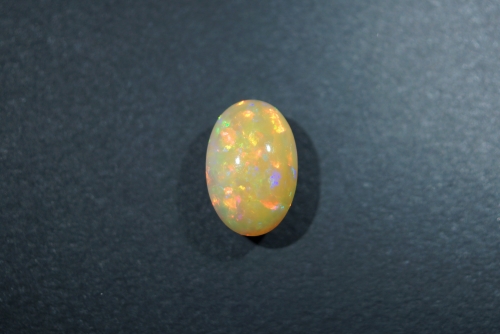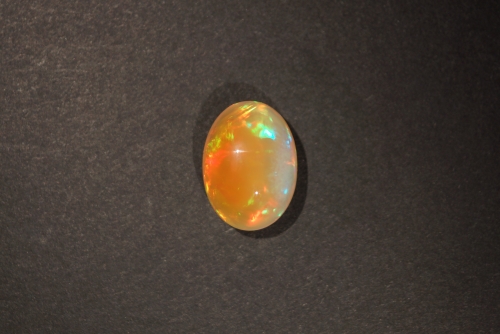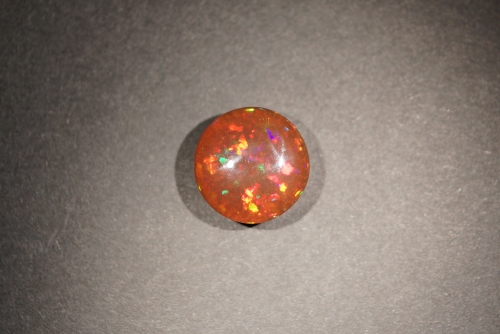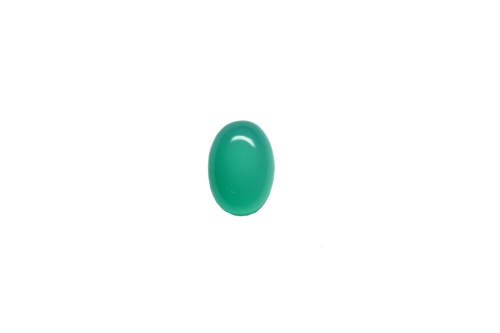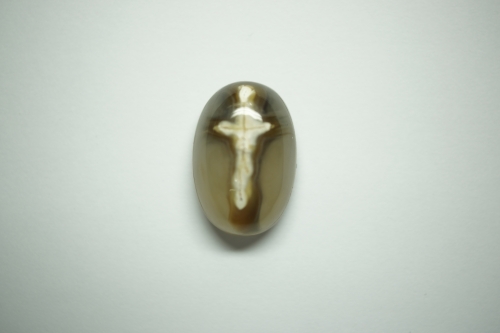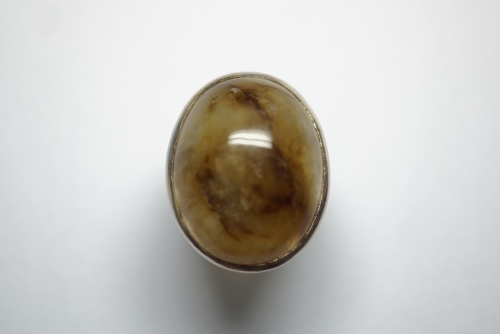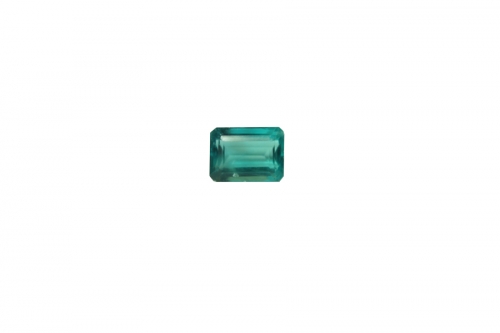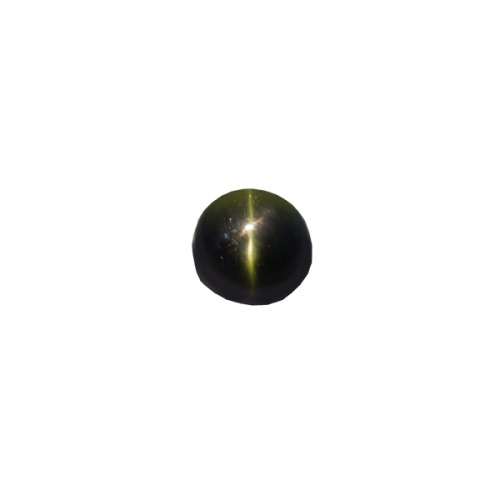Properties
- Mineral: Hydrated Silica
- Chemistry: SiO2nH2O
- Color: All colors
- Refractive index: 1.37-1.47
- Birefringence: None
- Specific gravity: 2.15 (+0.08, -0.90)
- Mohs Hardness: 5 to 6.5
- Phenomenon: Play of colour
About Opal
Opal is a hydrated amorphous form of silica. It it is a mineraloid, meaning that it does not have any crystalline properties. Its water content may range from 3 to 21% by weight, but is usually between 6 and 10%. It is deposited at a relatively low temperature and may occur in the fissures of almost any kind of rock. The internal structure of opals makes it diffract light, and the colours it displays shift as your viewing angle changes. A phenomenon called play of colour. Opals may be white, gray, red, orange, yellow, green, blue, magenta, rose, pink, slate, olive, brown, and black. Opals may display a myriad of different colours and any possible combinations of colours. It varies in transparency from opaque to semi-transparent.

